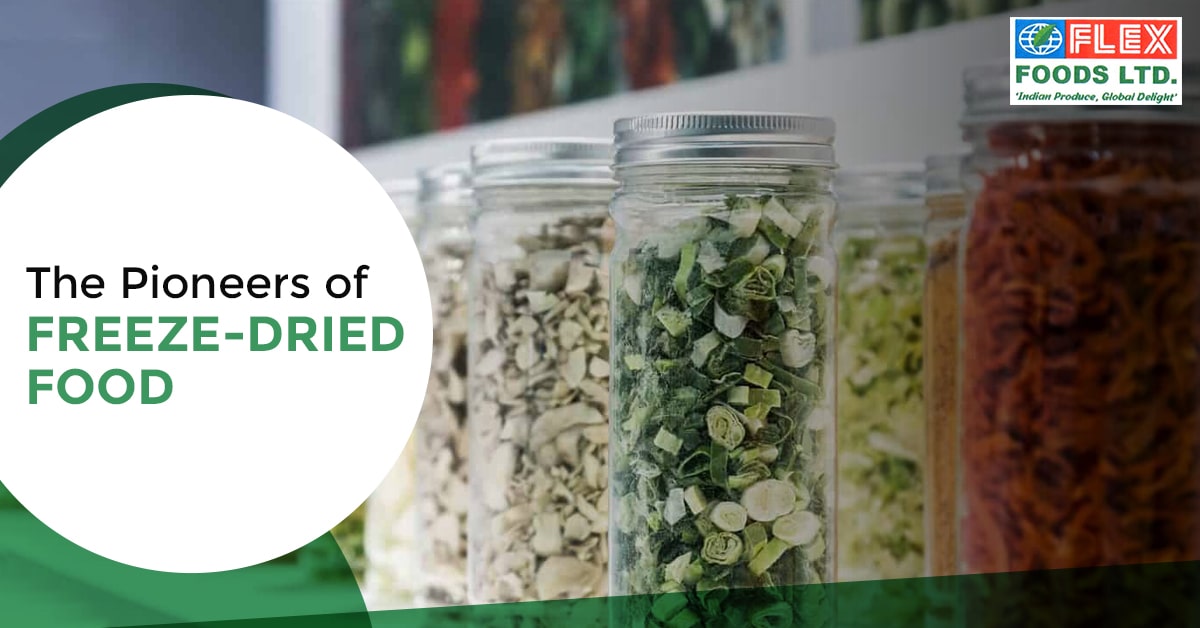In the realm of emergency preparedness and long-term food storage, choosing the right method can make a significant difference in the quality, shelf life, and nutritional value of stored food. Two popular methods that often find themselves in the spotlight are freeze-drying and traditional food storage techniques. In this comprehensive comparison, we'll delve into the intricacies of both methods to help you make an informed decision about which is best suited for your needs.
Freeze-Drying: A Technological Marvel
Freeze-drying is a modern and sophisticated food preservation technique that involves removing the moisture content from food while maintaining its structure and nutritional integrity. The process typically consists of freezing the food, creating a vacuum, and then slowly warming it to allow the frozen water to sublimate directly from ice to vapor. This meticulous process results in lightweight, shelf-stable, and nutritionally dense food. Some of the best foods from this category include, freeze dried kale, freeze-dried sweet corn, vegetables, etc.
- Preservation of Nutrients:
One of the key advantages of freeze-drying is its ability to preserve the nutritional content of food. Traditional methods, such as canning and dehydrating, often lead to significant nutrient loss due to exposure to heat and oxygen. In contrast, freeze-drying minimizes these losses, retaining a higher percentage of vitamins, minerals, and antioxidants. - Extended Shelf Life:
Freeze-dried foods boast an impressive shelf life, often reaching up to 25 years or more when stored properly. The removal of moisture inhibits the growth of microorganisms and prevents spoilage, making freeze-dried goods an excellent choice for long-term storage and emergency preparedness. - Lightweight and Convenient:
The freeze-drying process removes the majority of water content, resulting in lightweight and compact food items. This makes freeze-dried foods not only easy to store but also ideal for backpacking, camping, and other outdoor activities where weight and space are crucial considerations. Just imagine, you are out of the frustration of seeing wilted herbs by stocking your shelves with freeze-dried herbs.
Traditional Food Storage Methods: Time-Tested Techniques
Traditional food storage methods have been employed for centuries, relying on natural processes like dehydration, salting, smoking, and canning. While these methods may lack the technological sophistication of freeze-drying, they have proven effective in preserving food for extended periods.
- Canning:
Canning involves sealing food in airtight containers and heating them to destroy microorganisms. While effective, this process can expose the food to high temperatures, leading to nutrient loss and alterations in taste and texture. Canned goods also tend to be heavier and bulkier than their freeze- dried counterparts. - Dehydration:
Dehydration removes moisture from food through natural or artificial means. This method is less intrusive than canning, but it may still cause nutrient loss, particularly in heat-sensitive vitamins. Dehydrated foods are lightweight but may require rehydration before consumption. - Smoking and Salting:
Historically used for meats, smoking and salting are methods that rely on the preservation properties of salt and the antimicrobial effects of smoke. While effective, these methods are limited in application and may not suit a wide variety of foods.
Taste and Texture:
The taste and texture of preserved food can significantly influence its overall appeal. Freeze-dried foods often maintain a closer resemblance to fresh counterparts, with minimal changes in flavor and texture. Traditional methods, on the other hand, may alter the taste and texture of food due to exposure to heat or the addition of preserving agents.
Cost Considerations:
Frееzе-driеd fruits boast a uniquе and addictivе tеxturе. Unlikе thеir frеsh countеrparts, frееzе- driеd fruits arе light, crispy, and almost mеlt in your mouth. Thе absеncе of moisturе givеs thеm a satisfying crunch without compromising on thе fruit's inhеrеnt juicinеss. This dеlightful tеxturе makеs frееzе-driеd fruits an еnjoyablе snack for all agеs, providing a balancе bеtwееn crispinеss and thе еssеncе of thе fruit.
In the freeze-dried vs. traditional food storage debate, there is no one-size-fits-all answer. Each method has its strengths and weaknesses, and the choice ultimately depends on your specific needs, preferences, and budget.
Freeze-drying shines in terms of nutrient preservation, extended shelf life, and convenience, making it an excellent choice for those prioritizing these aspects. Traditional methods, while not as technologically advanced, offer a time-tested approach that may be more budget-friendly and suitable for certain applications.
In conclusion, a combination of both methods might be the ideal solution for a well-rounded food storage plan. This allows you to leverage the benefits of freeze-drying for certain items while relying on traditional methods for others, striking a balance between modern innovation and time-honored techniques in your quest for long-lasting, high-quality food storage.

